Mustard seeds are small round seeds derived from various mustard plants. They are commonly used as a spice in many global cuisines and come in different varieties, each with its unique flavor profile. Here’s more about mustard seeds:
Types of Mustard Seeds:
- Yellow Mustard Seeds (Sinapis alba):
- Mildest flavor.
- Commonly used in American yellow mustard.
- Brown Mustard Seeds (Brassica juncea):
- Pungent and slightly bitter.
- Widely used in Indian and African cuisines.
- Black Mustard Seeds (Brassica nigra):
- Strongest and most pungent flavor.
- Popular in Indian cooking.
Characteristics:
- Appearance: Small, round seeds, varying in color from yellow to brown to black.
- Flavor: Ranges from mild and slightly sweet (yellow) to strong, pungent, and spicy (black).
Culinary Uses:
- Condiments: Key ingredient in prepared mustards (e.g., Dijon, whole grain, yellow mustard).
- Pickling: Used in pickling spices and brines.
- Cooking: Used whole, ground, or as mustard oil.
- Whole Seeds: Often toasted or fried in oil to release flavor before adding to dishes.
- Ground Seeds: Used in spice blends and to make mustard pastes.
- Mustard Oil: Used in cooking and as a finishing oil in some cuisines.
- Dishes: Enhances the flavor of curries, sauces, dressings, and marinades.
Nutritional Benefits:
- Vitamins and Minerals: Rich in selenium, magnesium, and omega-3 fatty acids.
- Antioxidant Properties: Contains compounds like glucosinolates, which have antioxidant effects.
- Anti-Inflammatory: Has anti-inflammatory properties that can help reduce inflammation.
Medicinal Uses:
Mustard seeds have been used in traditional medicine for various health benefits:
- Digestive Health: Stimulates digestion and appetite.
- Respiratory Health: Used in remedies for coughs, colds, and respiratory issues.
- Muscle Pain Relief: Mustard plasters (made from mustard seeds) are used to relieve muscle pain and arthritis.
- Metabolism Boost: Can help boost metabolism and aid in weight management.
Storage:
- Whole Seeds: Store in an airtight container in a cool, dark place. They can last up to a year.
- Ground Mustard: Also store in an airtight container but has a shorter shelf life, typically around six months.
Popular Dishes:
- Indian Cuisine:
- Tadka: Whole mustard seeds are often used in tempering for dals and vegetable dishes.
- Achar: Mustard seeds are a key ingredient in many Indian pickles.
- European Cuisine:
- Mustard Sauce: Used in sauces for meats and vegetables.
- Pickled Vegetables: Mustard seeds are common in pickling spice blends.
- American Cuisine:
- Hot Dogs and Sandwiches: Yellow mustard is a popular condiment.
- Barbecue: Mustard-based sauces and rubs.
Usage Tips:
- Toasting Seeds: Toast whole mustard seeds in a dry pan to release their flavor before adding to dishes.
- Grinding Seeds: Grind mustard seeds to make fresh mustard powder or paste.
- Infusing Oil: Fry mustard seeds in hot oil until they pop to release their flavor, commonly used in Indian cooking.




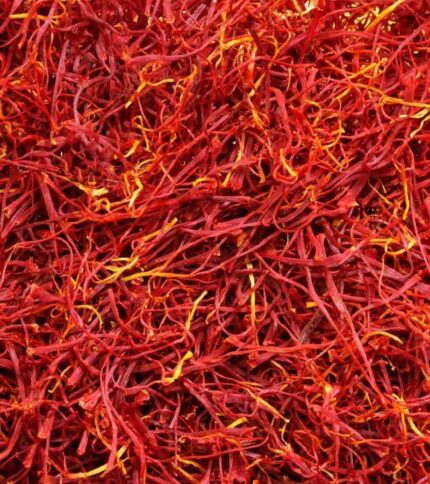


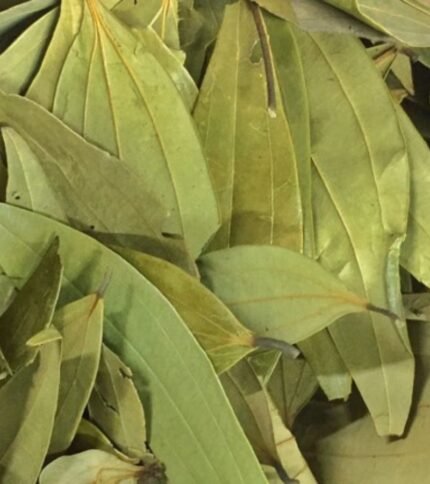
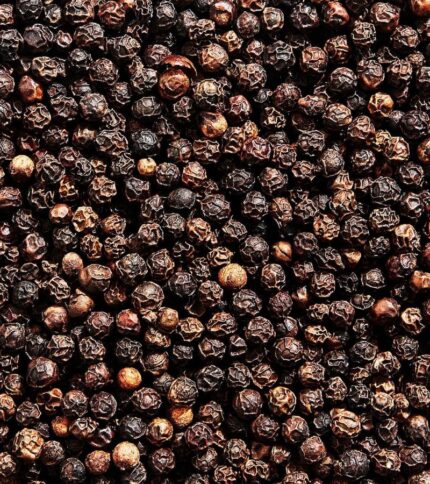

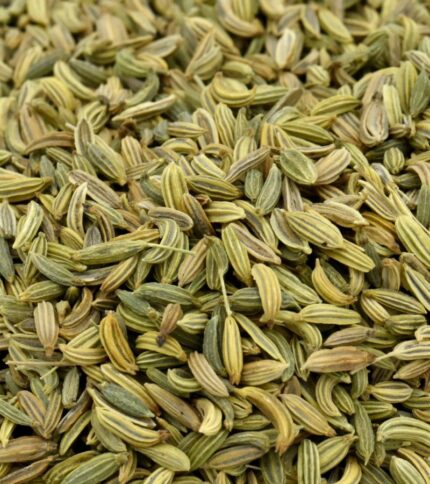
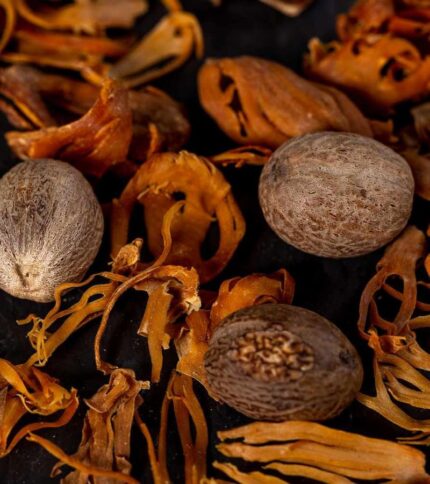

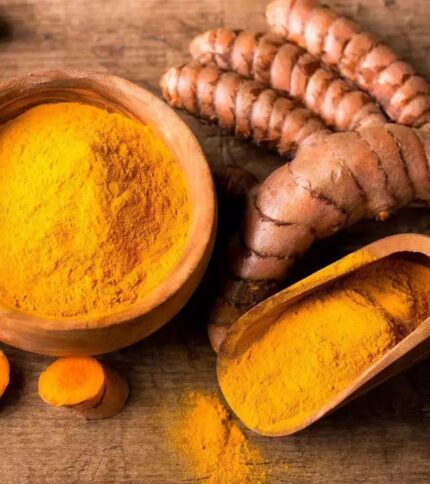
Reviews
There are no reviews yet.